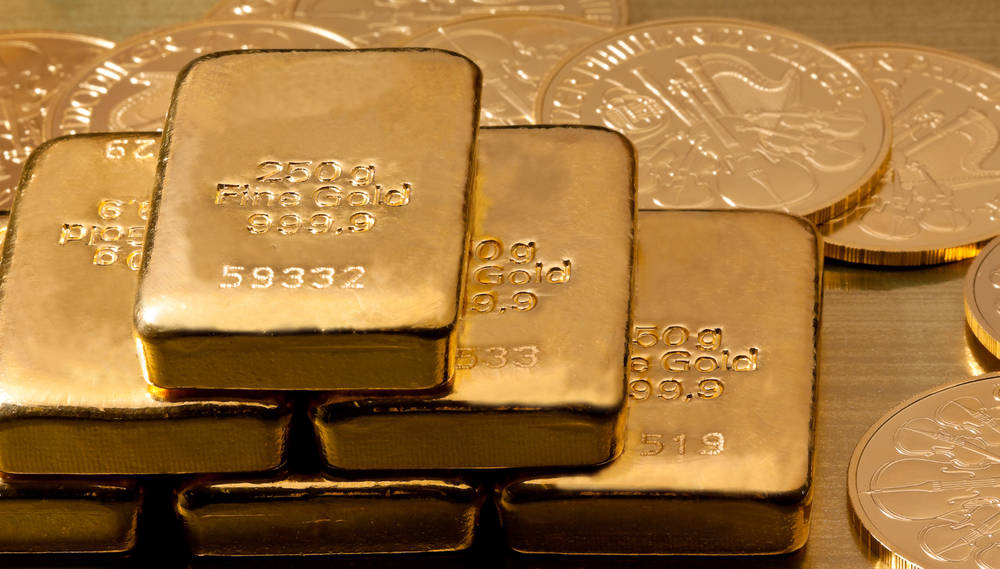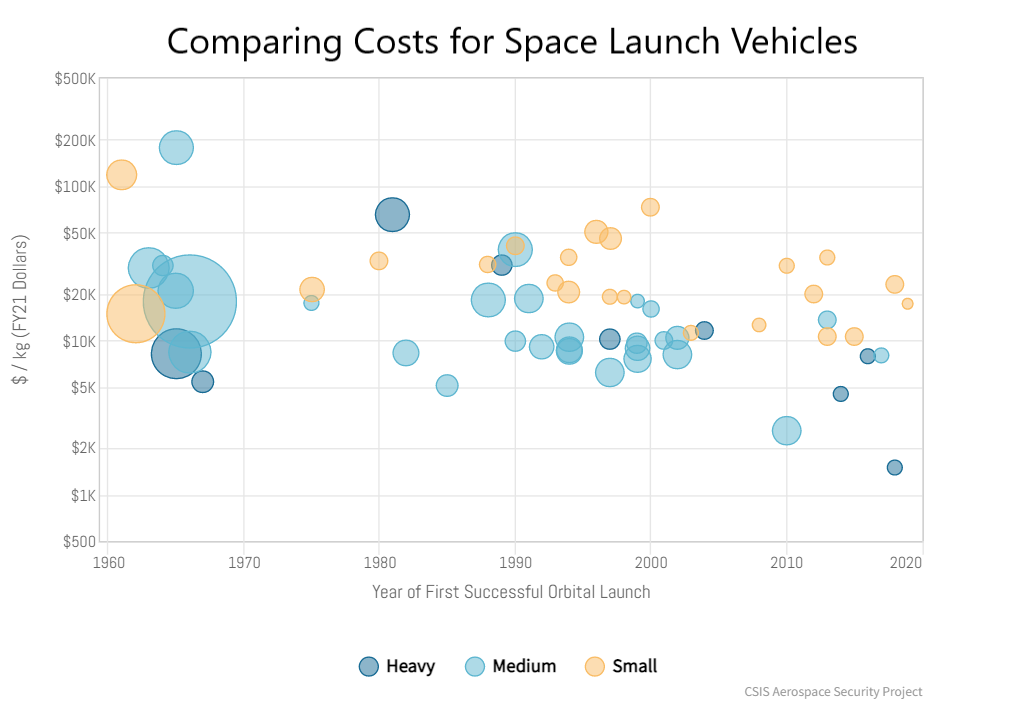– Advertisement –
If you have been anywhere near a major news network in the past month, you know that talk about impending inflation is making headlines. Many on social media are already starting to report unpleasant surprises at the grocery store and the gas pump. This news has had many investors selling their stocks and dumping their investments into gold. The idea that gold is a hedge against inflation is a popular myth, but is there any truth behind it?
The Current Scenario
According to a recent survey by CNBC, 65% of the nation’s millionaires are concerned about inflation connected to recent spending plans. About 34% of all millionaires said they were very concerned. Regardless of where you fall on the net worth scale, inflation has everyone concerned right now, and with good reason. Over the past year, food and fuel have gone up 3.6%, which is the fastest rise in 13 years, so what should you do to protect yourself?
The Myth Surrounding Gold
The idea that gold is a sure bet when inflationary times is so ingrained in our society that many have a knee-jerk reaction when the news hits that inflation is once again upon us. Many people almost automatically pick up the phone or sign into their accounts to start selling off other assets and buying gold. Of course, this causes gold prices to rise, which feeds the idea that gold performs well in inflationary times, or at least that is the theory that drives “gold fever.”
The truth of the matter is that when you look at history, gold has not always been the magic cure that everyone seeks. If gold were a true hedge against inflation, then we would expect it to rise rapidly along with consumer prices. In recent history, gold has experienced a negative return during some of the most recent periods of inflation. This suggests that even gold is not a sure bet against rising inflation and that perhaps you should consider other asset classes.
This recent data proves that gold is not a sure bet and that it can even lose in an inflationary period. From 1980 to 1984, investors lost an average of 10% on gold. During that time, the average inflation rate was 6.5%. From 1988-1991, gold earned a negative 7.6% return against a 4.6% inflation rate. This is enough to make many investors lose sleep at night.
What Should You Do?
The answer is that gold can be a good place to have your money. From 1973 to 1979, gold investors gained 35% against an 8.38% inflation rate. Gold investors were happy campers, but this strategy did not hold up in the next two inflationary periods. Using those same three time periods, REITs and commodities experienced a positive return. Commodities almost always beat inflation, and REITS beat inflation two out of three times. The energy sector is another asset that people turn to during times of inflation, but a study by Harvey and associates indicates that this is not always a sure bet either.
The best advice when going into another inflationary period, like the one that is being predicted, is not to gamble everything on a particular commodity class. Asset classes like Treasury Inflation-Protected Securities (TIPS), REITs, and commodities like oil offer better protection against inflation. These asset classes have a better record during periods of inflation than gold or energy. You might win by following the adage about gold during the next inflationary period, and then again, you might lose. History gives us a clear picture when it comes to which asset classes perform best during times of inflation, and it seems that getting back to the basic necessities might be a better strategy than trying to pave the road to wealth than catching gold fever.
– Advertisement –



